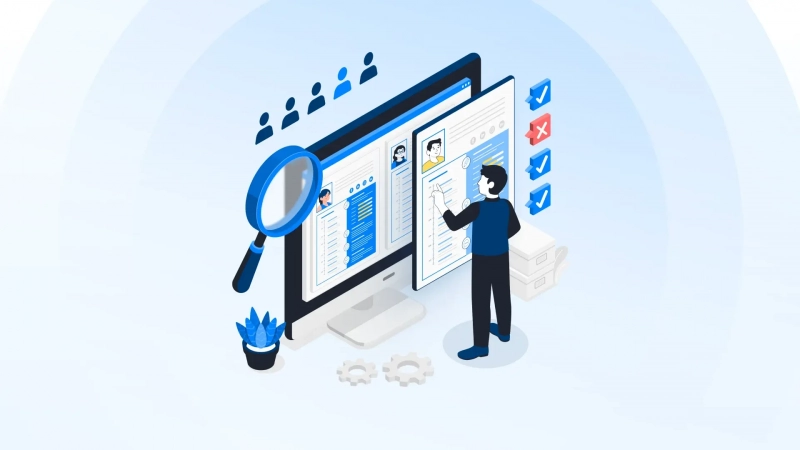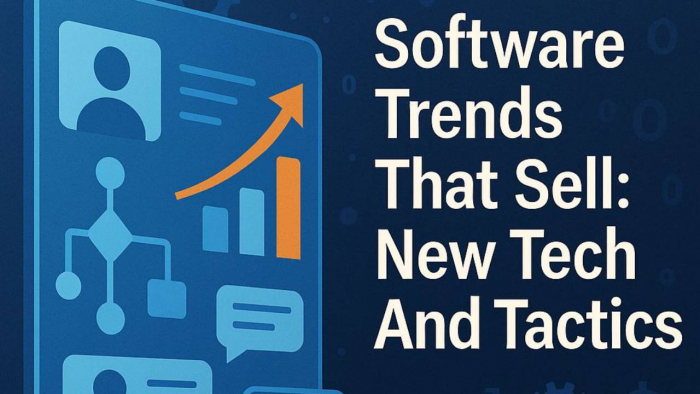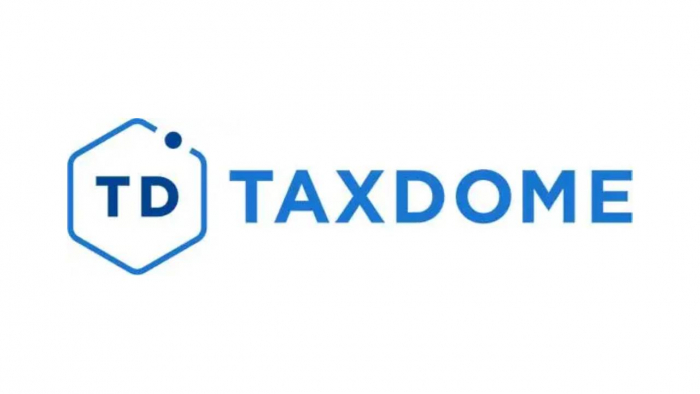Starting a new job should be exciting. For many employees in the UK, it feels stressful instead. Paperwork piles up. HR teams chase missing forms. New hires wait days for contracts or IT setup. This poor start leaves workers confused and businesses frustrated.
Onboarding is not just a welcome. It is a process that sets the tone for everything that follows. A strong start builds trust. A weak one causes early turnover. Research shows that one in five employees leave their job within the first 45 days if onboarding is poor. That is a big cost for UK businesses.
This is why many companies now turn to software for HR management in the UK. Modern HR tools replace slow, manual steps with fast, digital systems. The result is a smoother experience for both HR teams and new employees.
Why Onboarding Matters in the UK
Onboarding is more than a checklist. It is about compliance, culture, and confidence.
- Legal compliance: UK law requires right-to-work checks before a new hire starts. Employers must also provide written contracts within 2 months and register staff with HMRC. Failing to do so risks fines.
- First impressions: According to Glassdoor, companies with strong onboarding improve new hire retention by 82%. The first days decide if someone feels welcome or lost.
- Efficiency: A Chartered Institute of Personnel and Development (CIPD) survey found that HR teams spend nearly 25% of their time on admin tasks. Manual onboarding is a big part of that.
Good onboarding helps businesses follow the law, save time, and keep staff for longer.
How HR Software Simplifies Onboarding

Modern HR software removes the bottlenecks of old onboarding systems. Here is how it works:
Digital right-to-work checks
UK employers must check passports, visas, or share codes. Doing this by email is slow. HR software allows candidates to upload documents securely. The system verifies them and stores proof for compliance.
Paperless contracts and policies
New hires can receive, sign, and return contracts online. This avoids printing delays and reduces errors. Policies are shared in the same portal, so nothing gets missed.
Centralised data storage
HR software keeps employee details in one secure database. This includes personal data, bank details, and emergency contacts. Access is controlled and GDPR compliant. HR does not need to hunt through spreadsheets or email threads.
Automated tasks and reminders
The system creates checklists for managers and IT teams. It sends reminders to set up laptops, schedule inductions, or book training. This ensures every step is complete.
Better employee experience
Most platforms include self-service portals. New hires can log in, fill forms, upload documents, and track their onboarding. This gives them confidence and reduces confusion.
Beyond Onboarding: Wider HR Functions
HR software today is more than just an onboarding tool. Many platforms cover the full employee lifecycle, giving businesses one system for all HR needs.
- Payroll and benefits: Automating payroll ensures HMRC compliance and reduces errors. Employees can also view payslips, pension details, and benefits online.
- Time tracking and leave: Staff can log hours, request holidays, and see remaining leave in one place. Managers approve requests with a click.
- Performance management: Many platforms include software for performance reviews. This helps managers set goals, gather feedback, and track progress. Regular reviews build engagement and improve performance.
- Training and development: Digital systems allow companies to assign training modules and track completion. This supports compliance in sectors where certifications are essential.
By covering multiple areas, HR software reduces the need for separate tools. Everything is connected, saving time and giving HR teams a clear view of their workforce.
Business Benefits of HR Software
The value of HR software goes beyond admin.
- Save time: HR leaders spend less time chasing forms. According to PwC, automation can save HR teams up to 30% of their workload.
- Reduce risk: Digital systems keep full records of compliance steps. This lowers the chance of fines or missed deadlines.
- Boost productivity: A faster start means new hires begin working sooner. One study showed that strong onboarding improves productivity by 70%.
- Increase retention: A smooth first week improves engagement. Replacing one employee can cost a UK business £30,000. Keeping staff longer saves money.
- Unify processes: Having payroll, benefits, time tracking, and performance reviews in one platform keeps everything connected and easy to manage.
Why UK Businesses Need This Now
The world of work is changing. Remote and hybrid work have become normal in the UK. This makes onboarding and people management harder. Sending paper contracts or booking in-person inductions is no longer enough. Digital systems are essential.
At the same time, employment laws in the UK keep evolving. Right-to-work rules now include share codes for overseas workers. Pensions auto-enrolment is required. Payroll must follow HMRC rules. Manual processes make mistakes likely. Software keeps businesses compliant.
Example Solution
Several HR platforms in the UK help businesses manage onboarding and the wider employee lifecycle. For example, Zelt offers an integrated approach where right-to-work checks, contracts, payroll, benefits, time tracking, and performance reviews are handled in one system. This type of solution reduces admin work, supports compliance, and gives employees a smoother experience.
Final Thoughts
Onboarding shapes how employees see a company. A smooth process builds trust and confidence. A poor one leads to stress and early exits.
Manual processes are no longer enough. They waste time, create risk, and frustrate staff. HR software changes this. It simplifies onboarding, supports compliance, and connects all HR functions in one place.
From right-to-work checks to payroll and software for performance reviews, modern platforms cover the full employee journey. For UK businesses, this means saving time, staying compliant, and giving staff the strong start they deserve.
Post Comment
Be the first to post comment!


